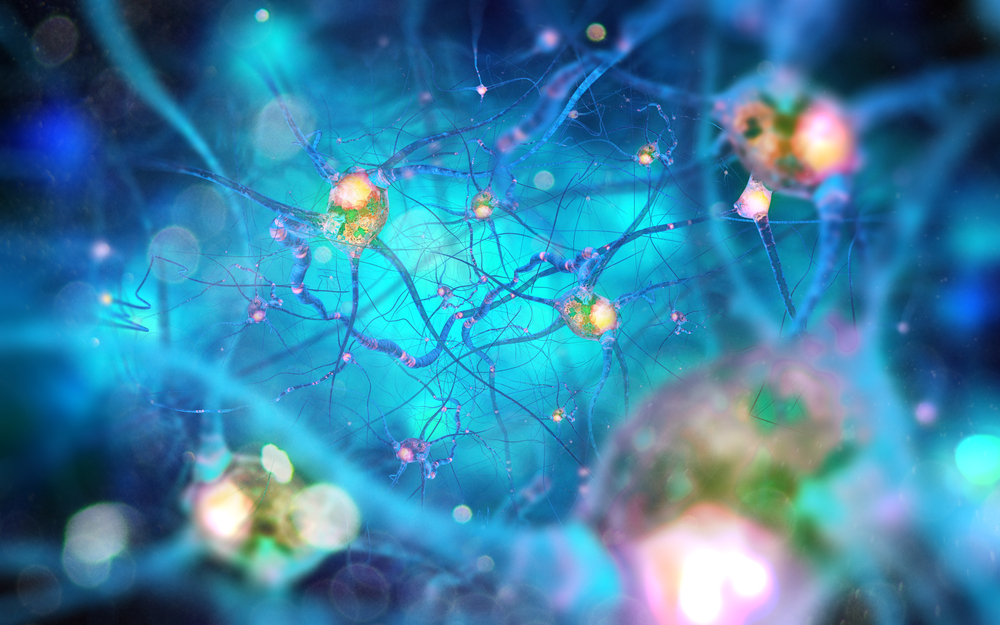Inhaled Toxins Can Inflame Brain in Ways That Promote Parkinson’s, Study Suggests

Andrii Vodolazhskyi/Shutterstock
Inhaled bacterial toxins can cause inflammation in a brain region associated with smell, and this inflammation may help in the initiation and propagation of Parkinson’s-related molecular changes in the brain, a study in mice suggests.
The study, “IL‐1β/IL‐1R1 Signaling Induced by Intranasal Lipopolysaccharide Infusion Regulates Alpha‐Synuclein Pathology in the Olfactory Bulb, Substantia Nigra and Striatum,” was published in Brain Pathology.
Loss of the sense of smell is a common early non-motor symptom of Parkinson’s disease, often occurring before motor symptoms are noticeable and progressing over the course of the disease.
However, little is known about the biological mechanisms linking a declining sense of smell with hallmark Parkinson’s features, such as the spread of alpha-synuclein aggregates in the brain or the death of dopamine-producing neurons in the substantia nigra (a brain region affected in Parkinson’s).
Researchers in China and the U.S. tested the idea that inflammation might link these processes.
This idea is derived from anatomical and physiological concepts: the neurons in the nose that are responsible for detecting scents (called olfactory sensory neurons) are often put in close proximity with noxious inflammatory stimuli (e.g., bacteria in the air). These neurons are directly and closely linked to the olfactory bulb, the part of the brain that primarily processes scent-related signals.
As such, it may be comparatively easy for inhaled substances to trigger inflammation in or around the olfactory bulb, and inflammation has been implicated in the development of Parkinson’s and other neurological diseases.
The research team administered lipopolysaccharide (LPS) into the nasal cavities of mice daily for up to six weeks. LPS is a molecule found in some bacteria membranes; it is a powerful driver of inflammation.
After two weeks, LPS-treated mice showed increased activation of microglia — a type of immune cell within the brain — in the olfactory bulb, but not the substantia nigra. After six weeks of LPS exposure, increased microglia activation was seen in both brain regions.
“These results show microglia activation induced by the LPS treatment initially occurred in the OB [olfactory bulb], but reached the SN [substantia nigra] later,” the researchers wrote.
These brain regions also showed increased levels of interleukin-one beta (IL‐1 beta), a powerful inflammatory signaling molecule. Pre-treating mice with a chemical that blocks microglia activation significantly lowered IL‐1 beta levels in LPS-treated mice, suggesting “that the enhanced IL-1β [beta] in the OB [olfactory bulb] and SN [substantia nigra] was released from activated microglial cells,” the researchers wrote.
Notably, LPS itself was not detected in the mice’s brains. This suggests that inflammation within the brain is driven by downstream inflammatory signaling, not by the inflammatory molecule itself.
“Data from our study show that the bacterial trigger does not move across the blood-brain barrier. Rather, a sequential inflammatory activation of the olfactory mucosa triggers a subsequent expression of inflammatory molecules within the brain, propagating the inflammation,” Ning Quan, PhD, a study co-author at Florida Atlantic University’s Schmidt College of Medicine, said in a university news story.
Of note, the blood-brain barrier is a semi-permeable membrane that protects the brain from the outside environment.
In addition to increased inflammation, LPS-treated mice had Parkinson’s-like alpha-synuclein buildup in the olfactory bulb. In mice lacking a protein receptor for IL‐1 beta, called IL-1R1, the buildup of alpha-synuclein was significantly lesser.
“Therefore, chronic LPS intranasal infusion induced [alpha-synuclein] overexpression and aggregation in the OB [olfactory bulb] is IL-1R1 dependent,” the researchers concluded.
In separate experiments, viral vectors were used to induce a buildup of alpha-synuclein in the olfactory bulb of wild-type (normal) mice and mice lacking IL-1R1. In the wild-type mice, alpha-synuclein clumping was detected in both the olfactory bulb and in the striatum (another brain region involved in Parkinson’s). In mice lacking IL-1R1, such clumps were found in the olfactory bulb, but not the striatum.
“These data indicate that the transfer of [alpha-synuclein] beyond the OB [olfactory bulb] is facilitated by IL-1R1,” the researchers wrote.
Further experiments indicated that LPS exposure led to the death of dopamine-producing neurons in the brains of wild-type mice, but not in mice lacking IL-1R1. LPS exposure also caused Parkinson’s-like motor symptoms in wild-type mice; again, these were significantly eased in mice lacking IL-1R1.
Collectively, these results suggest that inflammation — specifically, inflammation mediated by IL‐1 beta/IL-1R1 signaling — drives the initiation and spread of Parkinson’s-like changes in the brain. This indicates that inflammation, and this pathway in particular, may be a viable therapeutic target in Parkinson’s disease.






